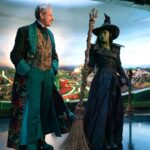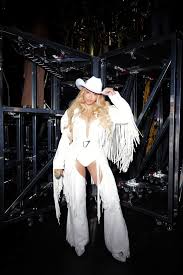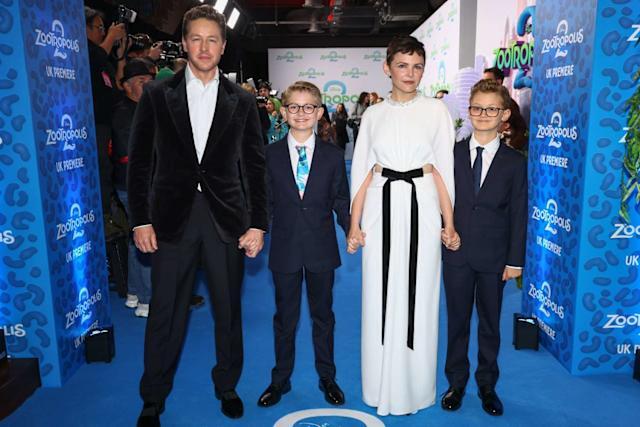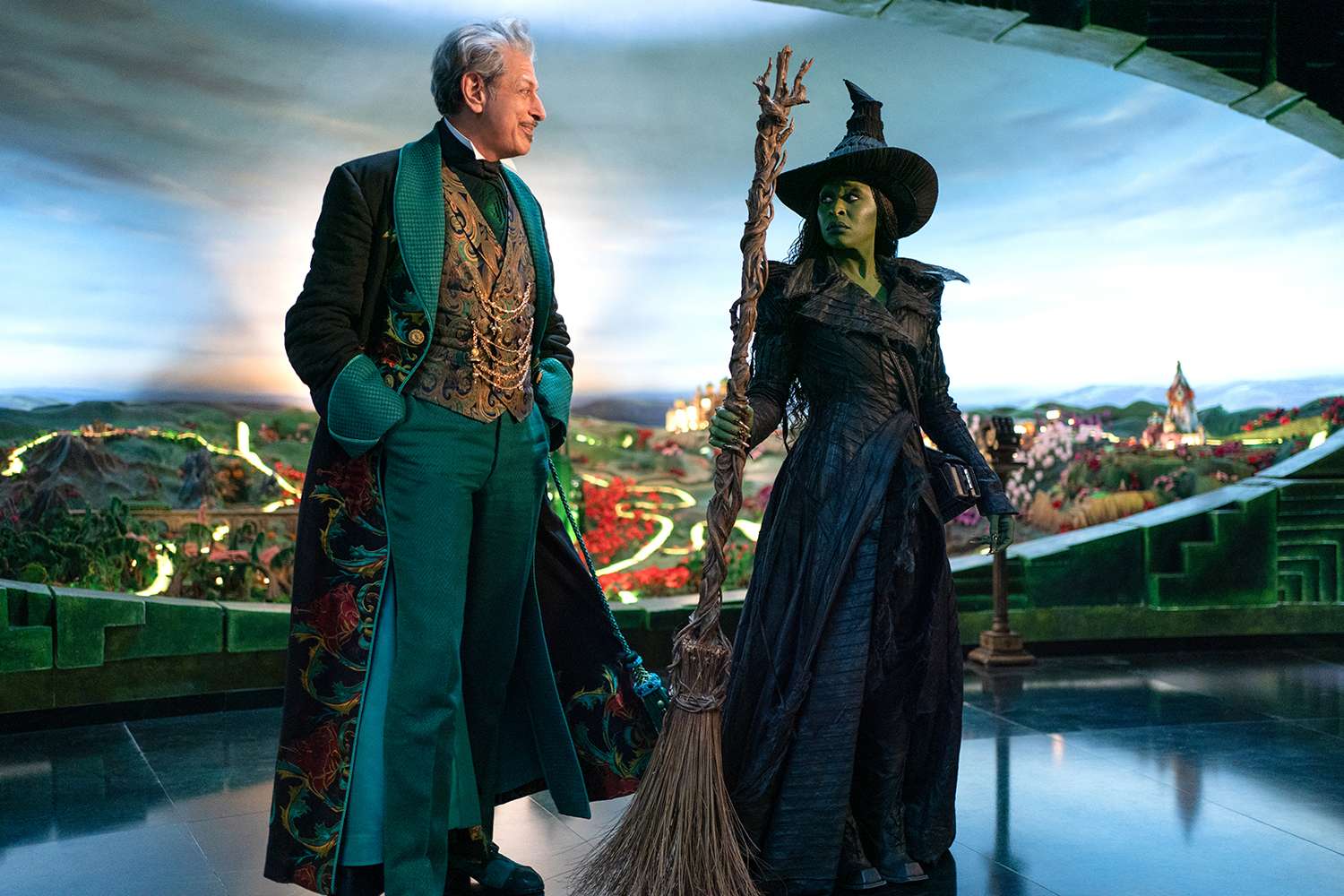On a blazing summer evening in Houston, something electric took hold. The city—known for its southern hospitality, sprawling energy corridors, and unabashed love of bold spectacle—came alive beneath the floodlights of NRG Stadium. Beyoncé Knowles-Carter, the global icon born and raised in Houston, returned home to perform the southern launch of her Cowboy Carter and the Rodeo Chitlin’ Circuit Tour. Over two unforgettable nights—June 28 and June 29—fans witnessing this hometown opener experienced not only her storied stagecraft but also the full force of Texas summer, with temperatures hovering around 91°F and humidity levels more suited to tropical climes.
Houston, Texas—a melting pot of cultures, cuisines, and communities—never shies from a spotlight, and its bright lights had never shone more intensely than for this hometown tour launch. Around mid-afternoon, the sprawling grounds of NRG Stadium began to pulse with life. Flanked by food trucks selling barbecue and Tex-Mex, temporary merch tents offering exclusive Cowboy Carter wares, and a sea of fans dressed to the nines in cowboy hats, boots, and Beyoncé-inspired gear, the atmosphere was a blend of concert excitement and western fair revival.
Families with children in tow, groups of lifelong friends in matching outfits, and solo pilgrims drawn by the queen herself all mingled under the immense Texas sky. The scent of sunscreen, cold lemonade, and cotton candy drifted through the air. One could feel the collective heartbeat of this gathering—Houston had been waiting.
The blistering 91-degree high was no deterrent. It only added to the intensity. Lines snaked for hours as fans queued not just for entry, but for coveted VIP pit access and limited-edition merchandise. Amid the fans who journeyed from across the country were Bridget and Meghan Ryan from Wisconsin—making their first-ever Beyoncé experience.
The Ryan sisters’ journey was textbook determination. Flights delayed, schedules restructured, they were braving blazing temperatures and overwhelming humidity. Bridget shared candidly, “We’re both from the Midwest, so the humidity is a little extra than what we’re used to. I figured staying hydrated would be a good plan.” Meghan added, “We even talked about if we don’t get any today after sitting outside maybe we’ll come back tomorrow and try the truck again.”
Their resolve echoed that of many others. The promise of scoring an official Cowboy Carter souvenir—or even just being present for Beyoncé’s triumphant return—was enough to override nature’s discomfort. And with thousands standing under the sweltering sun, the sense of camaraderie and collective excitement was palpable.
Prior to Houston, Beyoncé had wrapped an electrifying international stretch of her tour. The run included a six-night residency in London, where audiences braved everything from brisk early-spring chills to sudden rain showers, followed by three dazzling nights in Paris, where city lights and haute couture merged with the fervor of pop power. London and Paris provided their own atmospheric challenges, but for fans and Beyoncé alike, Houston offered something very different: relentless heat, oppressive humidity, and a brand-new kind of test.
Houston’s weather was as much a character in the story as the singer herself. A glowing sun hovered above—no clouds to offer respite—turning NRG Stadium’s grounds into a living sauna. But far from dampening spirits, the elements sharpened the resolve and sense of unity in the crowd. Each sip of water, each shared sunscreen dab, each passing breeze through the metal barricades felt monumental—part of a shared rite of passage as Beyoncé’s legion prepared for evening’s grandeur.
When Beyoncé first unveiled the Cowboy Carter era at L.A.’s SoFi Stadium on April 28, it was a declaration of artistic range. She opened with an ambitious 39‑song set list—a sprawling journey through genres, decades, and social commentary. Fashion, family moments, gospel highs, and a heavy infusion of country aesthetics and storytelling wove together a tapestry as bold as her ambition.
Tracks like Texas Hold ’Em brought soaring choruses that spilled into odes to classic country tradition. Moments of reflective intimacy emerged during stripped-down performances—moments of gospel meets country that asked audiences to listen, not just watch. Beyoncé’s stage show married sequined cowboy boots and bandannas with strong statements about cultural identity, resilience, and transformation.
For Houston, the promise was irresistible. This wasn’t just the start of the southern leg—it was a return to roots, a conversation between Beyoncé’s global stardom and the town that shaped her. What riffs would she scratch into the setlist? What new surprises awaited hometown ears?
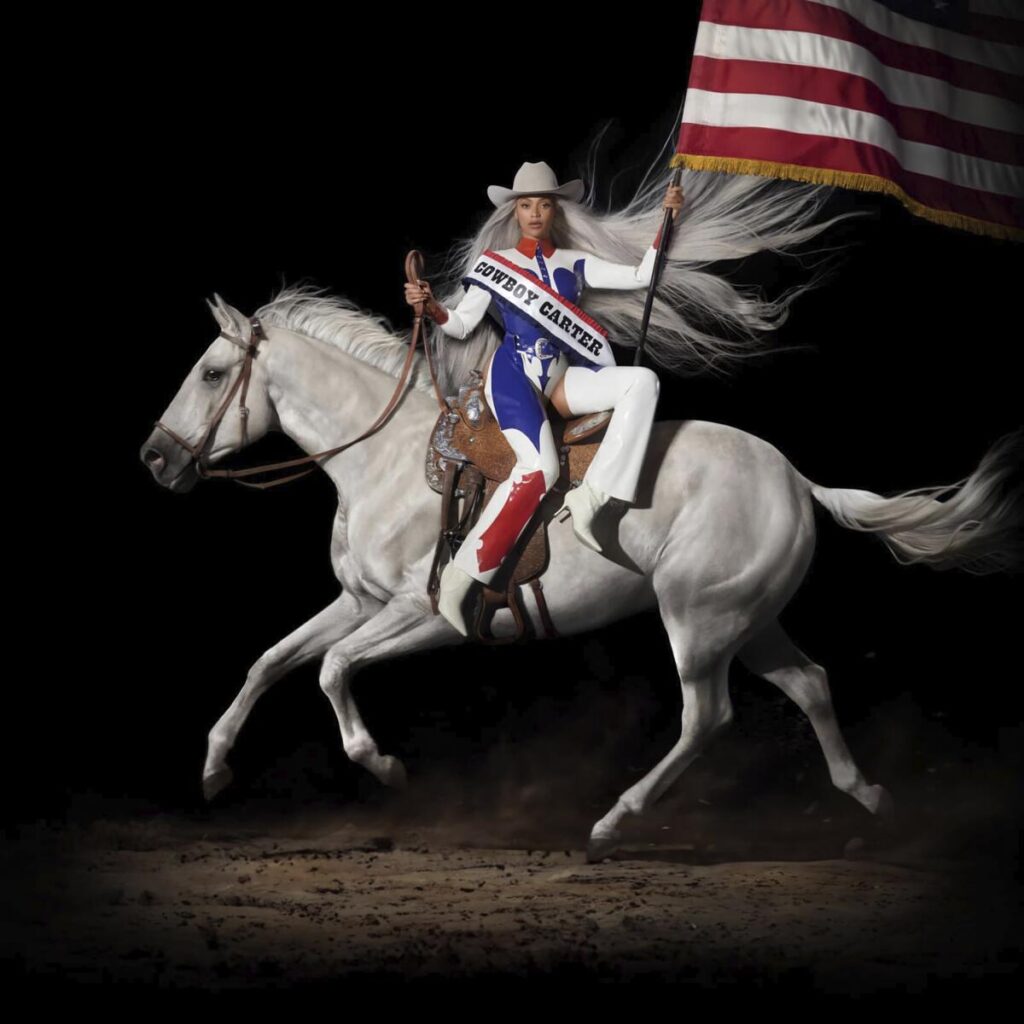
As dusk bled into night, floodlights sprung to life. Beyoncé took the stage with characteristic drama—perhaps descending from the rafters in a rhinestone-studded duster, or emerging through a plume of smoke that seemed to herald her arrival as a cultural force.
Opening with a high-octane number—likely Texas Hold ’Em or a revamped version of Crazy in Love with country string lines—she immediately captured the crowd. Then came genre-bending as the program shifted through hits like Love on Top, Break My Soul, and Spirit, each reimagined with twangy guitars, Hank Williams-style licks, or gospel-choir-supported choruses.
The visuals were cinematic—digital backdrops of Houston skylines fused with rodeo landscapes, dancers clad in fringe and denim, and Beyoncé’s costume changes reflecting a fusion of urban glamour and western flair: velvet jackets, pearl-snapped shirts, statement cowboy hats.
Among the touching moments were nods to her family. Whether introducing her daughter Blue Ivy in a surprise pre-recorded moment or channeling motherhood in a heartfelt rendition of a slower ballad, Beyoncé balanced spectacle with sincere connection. At one point, the crowd hushed as she performed a slow, soulful version of a track dedicated to her mother—a shared emotional heartbeat.
Videos on social media captured raw emotion. Fans pressed to the stage screamed tears of joy, cataloging the show on phones. One tweet read, “Beyoncé in Houston, under a sky like fire—she called us home and we answered.” Another noted how the humidity hung in the arena, but the air buzzed brighter with each downbeat, each cowboy‐boot stomp, each communal cheer.
For Bridget and Meghan Ryan, these moments were personal epiphanies—overcoming Midwest humidity, travel delays, and sweat-fueled lines. They landed front-row access to merchandise, snagged a sparkly Cowboy Carter T-shirt, and watched Beyoncé prior close enough to count the stitches in every embroidered tassel. Their joy was a testament to fan devotion: a pilgrimage from Wisconsin to Texas, driven by artistry and community.
Across the stadium, similar stories unfolded. Dads wore matching Cowboy Carter caps with their teenage daughters. Groups of friends reunited under the glow of stage lights—or reconnected with their cultural identity, celebrating a black woman from Houston conquering country and pop alike. The show became a statement: home is where the roots are—and roots grow.
Beyoncé’s journey from SoFi Stadium to Houston is part of something larger—a planned nine-city tour weaving the U.S. and Europe, culminating in a Las Vegas finale on July 26. Each performance has carried its own weight: London’s polished reserve; Paris’s haute luxury; Houston’s raw heat; and, later, the bright lights of Vegas.
Cultural commentary has remained at her core. Cowboy Carter challenges monolithic ideas of country music by centering Black voices, stories, and traditions. It both celebrates and critiques—revealing the genre’s underrepresented histories and inviting inclusivity. Beyoncé does this not just through music, but through storytelling. She rapes stage, screen, lyrics, wardrobe, choreography, interviews—all threads in a tapestry that reaches beyond the sheer spectacle.
In Houston, that tapestry found a unique color: hometown pride. This was Beyoncé in her element, stepping not onto a foreign stage but onto a platform of shared significance. It was as though she was reclaiming territory—not just hers, but Houston’s—a space of power, style, and legacy.
Staging a show of this magnitude in scorching Texas requires monumental logistics. Stagehands began building the set in mid‑June, assembling modular platforms, rotating catwalks, massive LED screens, and hydraulic lifts. HVAC techs ran temporary misting systems in the pit and backstage areas. Hydration stations dotted the staff zones. Coordinators mapped traffic flow to manage tens of thousands of cars, rideshares, and buses converging on NRG Stadium.
Traveling the tour required meticulous scheduling. What came after a cool London night or drizzly Paris afternoon posed new challenges in Houston’s heat. Choreography rehearsals moved indoors. Costume fabrics shifted toward lighter materials. And tech teams adapted backup plans for excessive heat: water sprayers for dancers, cooler stage lighting gels, extra air-conditioning.
Backstage, Beyoncé’s team managed quick costume transitions—from fringe westernwear to metallic evening gowns—while her band and backup vocalists recalibrated transitions for local song inserts or new covers tailored to Houston crowds. Rumors swirled backstage about surprise setlist guests—perhaps a local country artist, a member of her family, or an unexpected acoustic ode to Houston’s own musical history.
Beyoncé’s roots run deep. A product of this city, her trajectory from Houston’s churches and local stages to global stardom embodies the American music dream. Returning now—on her terms, as an innovator—makes a powerful statement. She’s not just performing here; she’s embedding herself in its ongoing cultural narrative.
This Cowboy Carter era feels like a pivot in her career—an invitation not only to songs and spectacle, but to reflection on belonging and artistry. She’s stepping into historically country terrain, but mapping her own path through it, reshaping definitions while honoring folk traditions that precede her.
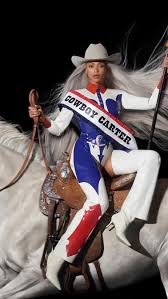
For Houston, this moment will live on in collective memory. The scorching night, the packed stadium, the multicultural crowd vibrating with energy—these will mark one of the most significant performances by one of the world’s most celebrated artists, on a stage close to where it all began.
Two nights in Houston set a high bar—and the world will be watching as Beyoncé heads northward across the South and into new international chapters. Each city will bring different vibes, but Houston sets the tone: stormy, passionate, rooted, and ready to transform.
Expect Cowboy Carter to evolve—perhaps with local guest appearances, unexpected covers, or reworked choreography reflecting the states’ cultures. Gaga‑level production value will meet Houston‑level grit. Beyoncé’s storytelling will deepen, and her fans will follow.
The Cowboy Carter and the Rodeo Chitlin’ Circuit Tour in Houston wasn’t just another concert—it was a statement. Beyoncé returned to her hometown, faced down unforgiving weather, and created magic under those lights. It was a homecoming, a celebration, and a challenge—to current norms, to genre boundaries, and maybe even to herself. For fans like the Ryan sisters—or anyone lucky enough to be there—the show transcended entertainment. It became an experience: of endurance, of unity, and of witnessing legacy in motion.
When the show ended—when Beyoncé took her final bow and the lights dimmed at NRG Stadium on June 29—the city remained abuzz. Messages flooded in, videos were replayed, and the legend grew deeper. Because when Beyoncé brings it home, the city answers—and in that answer, unforgettable moments are born.

